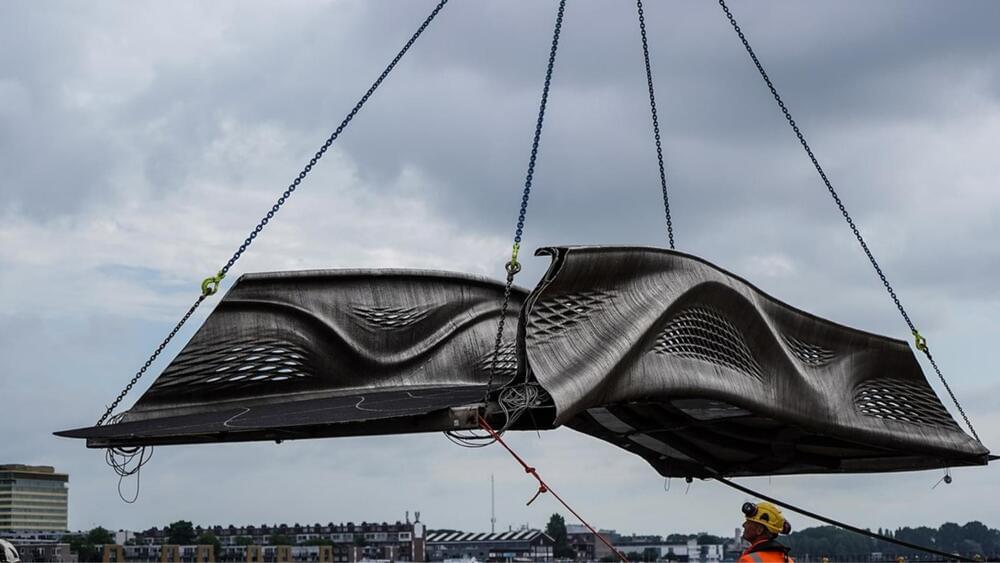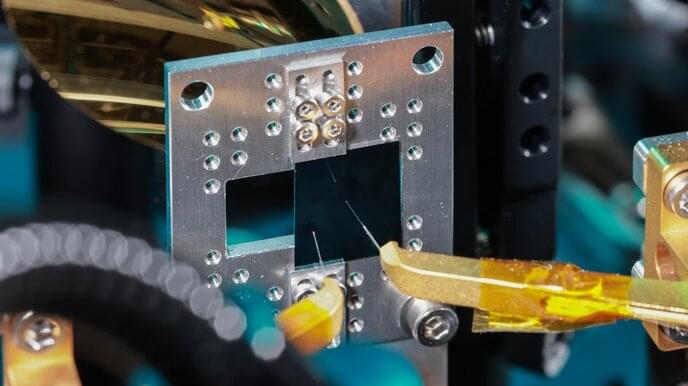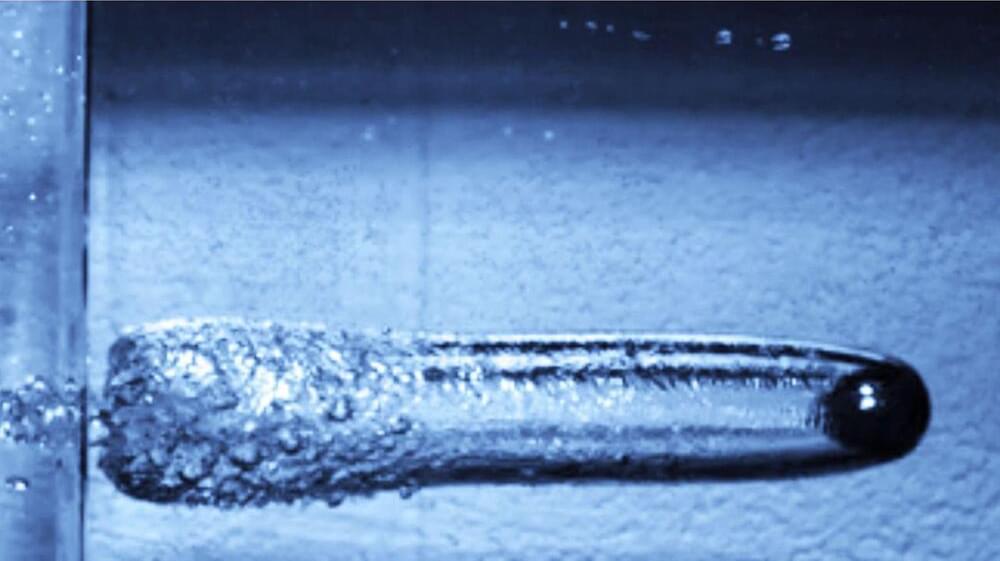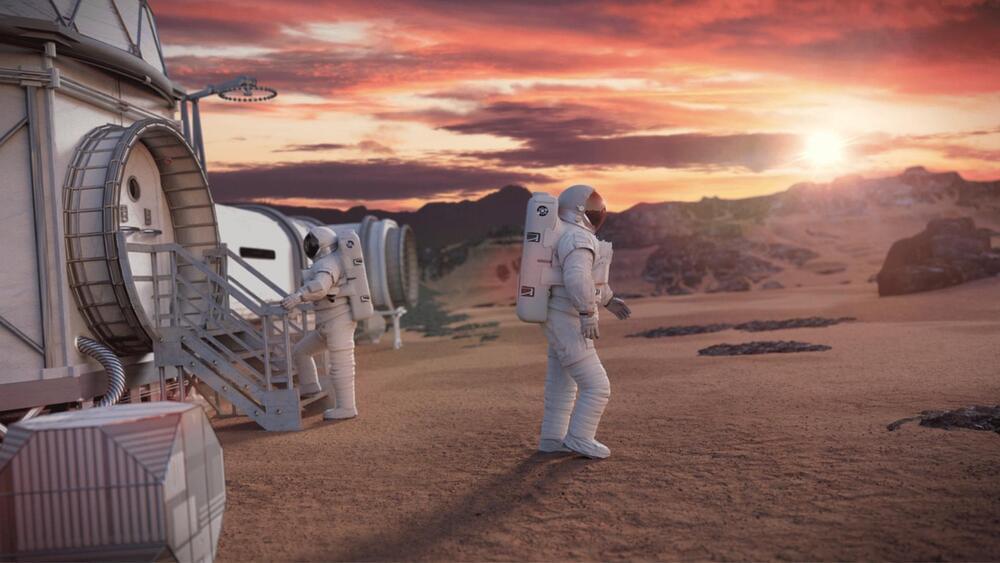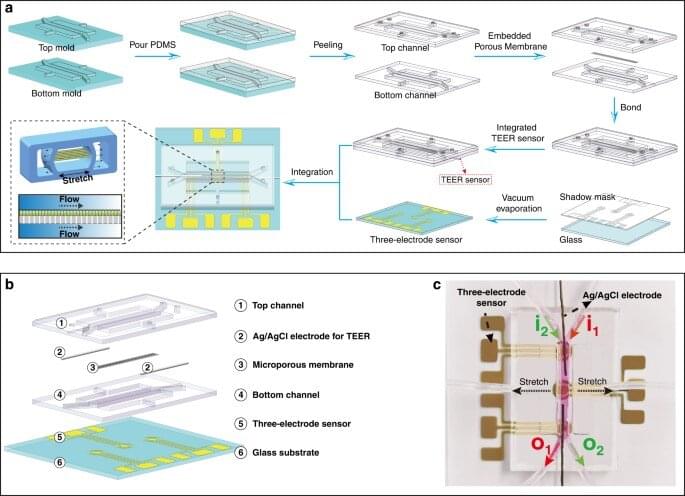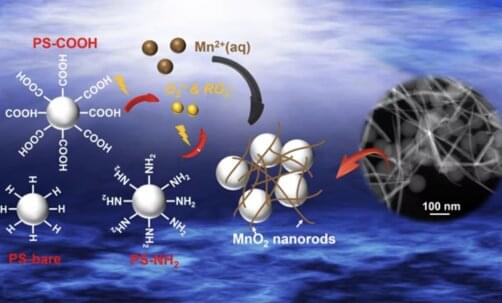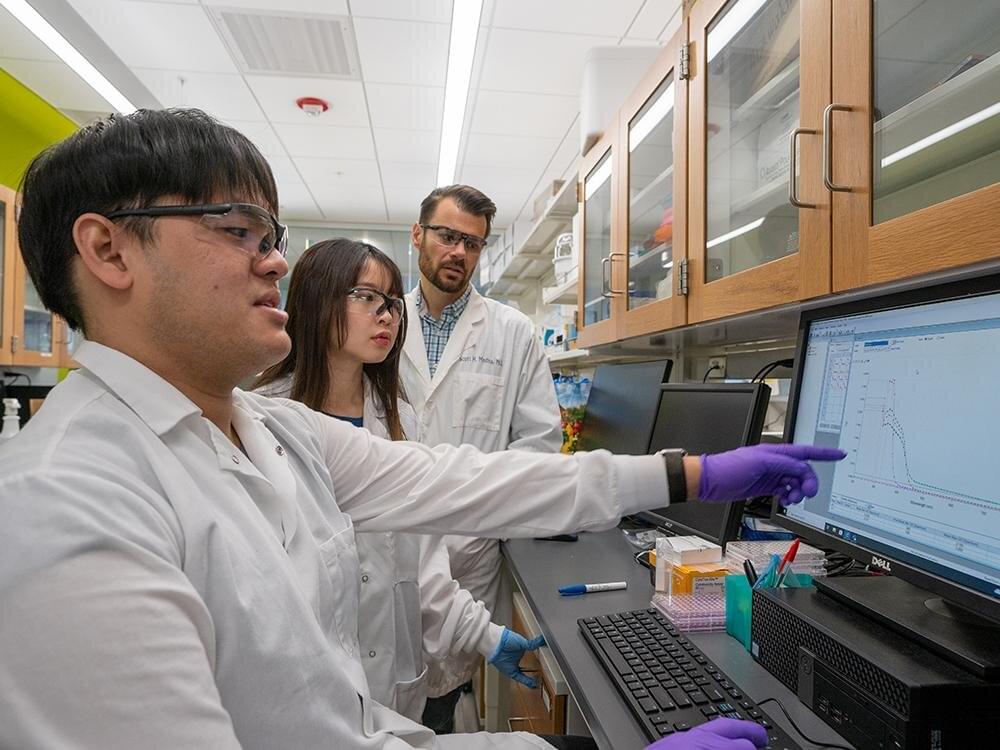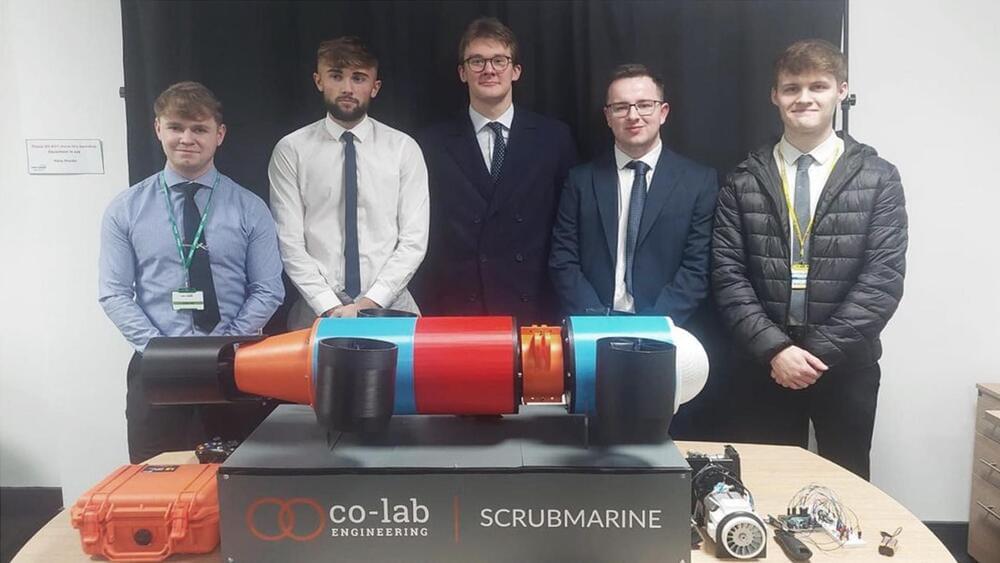Jan 13, 2023
Dutch Startup 3D Prints Bridge With 10,000 Pounds of Stainless Steel
Posted by Quinn Sena in categories: electronics, engineering
If you walk along the Oudezijds Achterburgwal canal in Amsterdam, you will notice an elegant and aesthetically pleasing steel bridge for pedestrians. If not for the media attention it got, you would even consider it a regular feature of the city’s architecture. But this bridge loaded with sensors, is actually the world’s first 3D-printed steel bridge, according to an Imperial College London press release.
“A 3D-printed metal structure large and strong enough to handle pedestrian traffic has never been constructed before,” said Imperial co-contributor Prof. Leroy Gardner of the Department of Civil and Environmental Engineering, in a press release. “We have tested and simulated the structure and its components throughout the printing process and upon its completion, and it’s fantastic to see it finally open to the public.”
